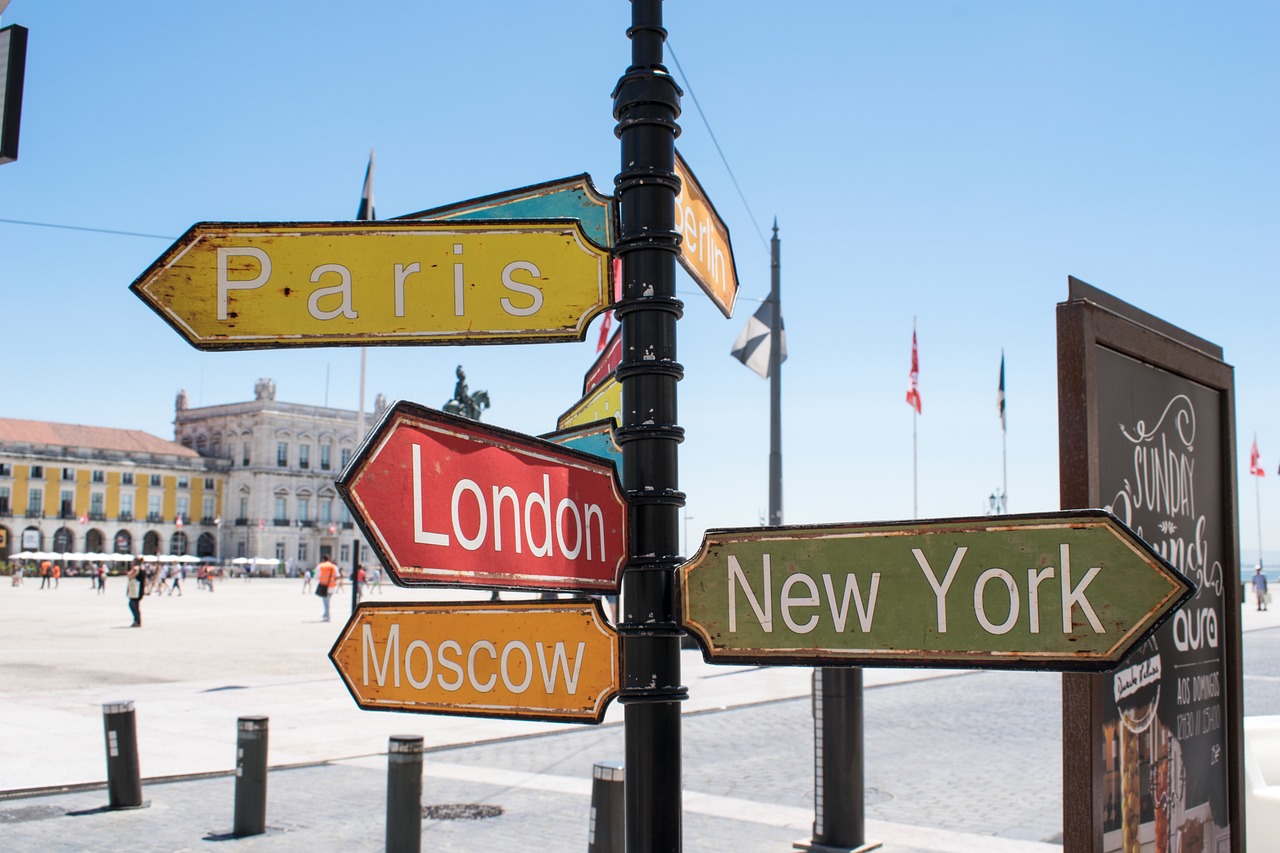Portugal is a country rich in culture and history, and it offers a wide range of arts and hobbies that locals and visitors can explore. From traditional crafts to contemporary art, Portugal has something for everyone. In this article, we will take a closer look at some of the local arts and hobbies in Portugal, providing you with detailed information about each topic.
Portugal Image 1:

Exploring Traditional Crafts
Portugal has a long history of traditional crafts that have been passed down through generations. These crafts showcase the rich cultural heritage of the country and are still practiced today. Here are some of the most popular traditional crafts in Portugal:
- Tiled Artwork: Portugal is famous for its intricate tilework, known as azulejos. These decorative tiles can be found on buildings, churches, and even street signs. Each tile tells a story and represents a unique piece of Portuguese history.
- Embroidery: Portuguese embroidery is known for its delicate and intricate designs. This traditional craft is often used to embellish clothing, linens, and household items. The regions of Madeira and Viana do Castelo are particularly renowned for their embroidery techniques.
- Ceramics: The production of ceramics is another traditional craft in Portugal. From decorative plates and bowls to tiles and figurines, Portuguese ceramics are known for their vibrant colors and intricate patterns. The town of Caldas da Rainha is famous for its ceramics industry.
- Folk Art: Folk art in Portugal encompasses a wide range of crafts, including wood carving, basket weaving, and pottery. These crafts often reflect the rural traditions and customs of different regions in the country.
Portugal Image 2:

Exploring Contemporary Art
In addition to traditional crafts, Portugal also has a thriving contemporary art scene. The country is home to numerous art galleries, museums, and cultural institutions that showcase the works of both established and emerging artists. Here are some key highlights of the contemporary art scene in Portugal:
- Modern Art Museums: The city of Lisbon is a hub for contemporary art, with several modern art museums such as the Museu Coleção Berardo and the Museum of Art, Architecture, and Technology (MAAT). These museums feature a diverse range of artworks, including paintings, sculptures, installations, and multimedia exhibits.
- Street Art: Portugal’s cities are adorned with vibrant street art, with Lisbon and Porto being particularly known for their impressive murals. The streets of these cities serve as an open-air gallery, showcasing the talent and creativity of local and international street artists.
- Art Festivals: Portugal hosts various art festivals throughout the year, attracting artists and art enthusiasts from around the world. The Lisbon Biennial and the Porto International Contemporary Art Fair are two notable events that celebrate contemporary art in Portugal.
- Galleries and Art Spaces: Beyond museums, Portugal is home to numerous galleries and art spaces that exhibit contemporary art. These venues provide a platform for emerging artists to showcase their work and contribute to the vibrant art scene in the country.
Exploring Music and Dance
Music and dance are deeply ingrained in Portuguese culture, and there are several traditional music and dance forms that are still celebrated today. Here are some popular music and dance styles in Portugal:
- Fado: Fado is a traditional Portuguese music genre that is characterized by soulful tunes and melancholic lyrics. It originated in Lisbon and is often performed in small, intimate venues known as fado houses. Fado is considered a symbol of Portuguese identity and has been recognized as a UNESCO Intangible Cultural Heritage.
- Ranchos Folclóricos: Ranchos folclóricos are traditional folklore groups that showcase regional music and dance traditions. These groups often wear colorful costumes and perform lively dances accompanied by traditional instruments such as the accordion, guitar, and tambourine.
- Baile Mandado: Baile mandado is a traditional dance form from the Minho region of Portugal. It involves intricate footwork and lively movements, accompanied by the sounds of bagpipes and drums. Baile mandado is often performed during festivals and special occasions.
- Popular Music: In addition to traditional music, Portugal also has a vibrant popular music scene. From Portuguese pop and rock to hip-hop and electronic music, there is a wide variety of genres and artists to explore.
Portugal Image 3:

Exploring Culinary Arts
Portuguese cuisine is renowned for its rich flavors and diverse culinary traditions. Exploring the culinary arts in Portugal is a delightful way to immerse yourself in the local culture. Here are some iconic dishes and culinary experiences to try:
- Pastéis de Nata: Pastéis de Nata are delicious Portuguese custard tarts with a crispy pastry shell and a creamy egg custard filling. These sweet treats are a must-try when visiting Portugal and can be found in bakeries and cafes throughout the country.
- Bacalhau: Bacalhau, or salted codfish, is a staple in Portuguese cuisine. There are countless ways to prepare bacalhau, from traditional salted codfish dishes like Bacalhau à Brás to more modern interpretations.
- Port Wine: Portugal is famous for its production of Port wine, a fortified wine that is typically sweet and rich in flavor. A visit to Porto, the birthplace of Port wine, offers the opportunity to explore the wine cellars and indulge in tastings.
- Cataplana: Cataplana is a traditional Portuguese seafood dish that is cooked in a special clam-shaped copper pot called a cataplana. The dish typically includes a variety of fresh seafood, such as clams, shrimp, and fish, cooked with onions, tomatoes, and aromatic herbs.
These are just a few examples of the rich arts and hobbies that Portugal has to offer. Exploring local arts and hobbies in Portugal allows you to delve into the vibrant culture and traditions of the country.
References:
- visitportugal.com
- timeout.pt
- portugal.com
- portugalresident.com
- portugalvirtual.pt

